On 7 July 2025, an art therapy event titled “The Colours of My Feelings” was held in room 302c of our university’s Centre for Contemporary Art. It was designed to enable participants – individuals who have experienced traumatic events during the war – to deeply process their emotional experiences, integrate their past, present, and future, and discover inner resources for resilience.
The session blended two powerful elements: the expressive use of colour to convey emotions and the visual storytelling of one’s life journey. Through the metaphor of four colour blobs, participants captured a complex spectrum of feelings. They then enriched these blobs by drawing objects or events on top of them, grounding abstract emotions in a meaningful context and giving fragmented experiences a coherent structure. For trauma survivors, this method offered a gentle refuge – a space where difficult memories could be encountered safely without being overwhelmed, and where those memories could be gradually woven into each person’s unique healing narrative.
Each participant created four distinct colour fields, reflecting different life stages: the distant past (pre-war childhood and youth, peaceful living); the recent past (the onset of war, displacement, loss, and trauma); the present (current adaptation, daily challenges, and emotional responses); and the future (hopes, dreams, aspirations, and expectations). Over these colour fields, they used markers to depict relevant symbols, turning amorphous feelings into a visual narrative.
The session proved to be a profound and multifaceted emotional journey. Employing colour as a nonverbal form of expression allowed participants to convey internal states that are otherwise difficult to verbalise. This approach is especially valuable in trauma contexts, as it bypasses psychological barriers, avoids re-traumatisation, and initiates a healing process.
Structuring the artwork into four life phases helped participants bring order to their experiences, perceive the continuity of their life story, and appreciate the connections between their past, present, and future. Emphasising the painful “past” section held great therapeutic significance – by depicting these emotions on paper, participants could externalise them safely, gain distance, and begin reinterpreting and accepting those experiences.
At the same time, envisioning the future with bright colours and hopeful symbols activated inner strengths, fostered belief in positive change, and restored a sense of agency. Deliberately choosing colours and shapes to depict the future empowered participants to reclaim control over their lives – a critical step toward achieving psychological stability.
Ultimately, this art therapy exercise inspired profound self-reflection. Through creative expression, participants became more attuned to their emotional landscape, personal transformations, and needs, fostering self-awareness, self-acceptance, and personal growth.
The “Colours of My Feelings” session proved to be a powerful tool for psychological support for those affected by war. It offered a safe environment for emotional expression and processing, leveraging art as a nonverbal channel. Participants were able to integrate their life experiences into a unified story stretching from past to present to future. The exercise helped activate inner resources and awaken hope by enabling thoughtful creation of positive images of the future and focusing on one’s potential. It also helped restore a sense of emotional and narrative control, transforming passive suffering into active reinterpretation and creation. Such experiences encourage deeper self-reflection and awareness of one’s emotional states and life trajectory.
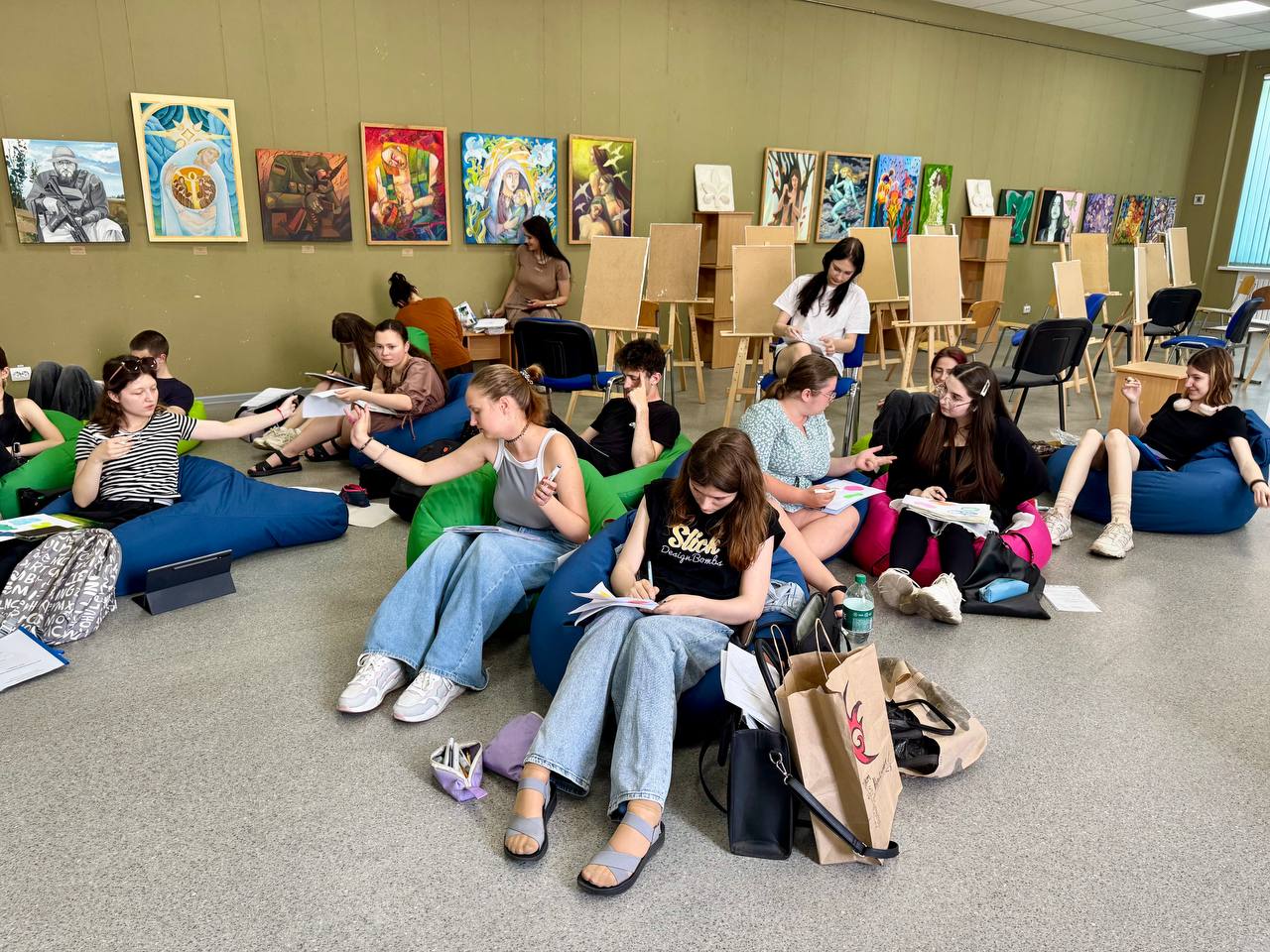
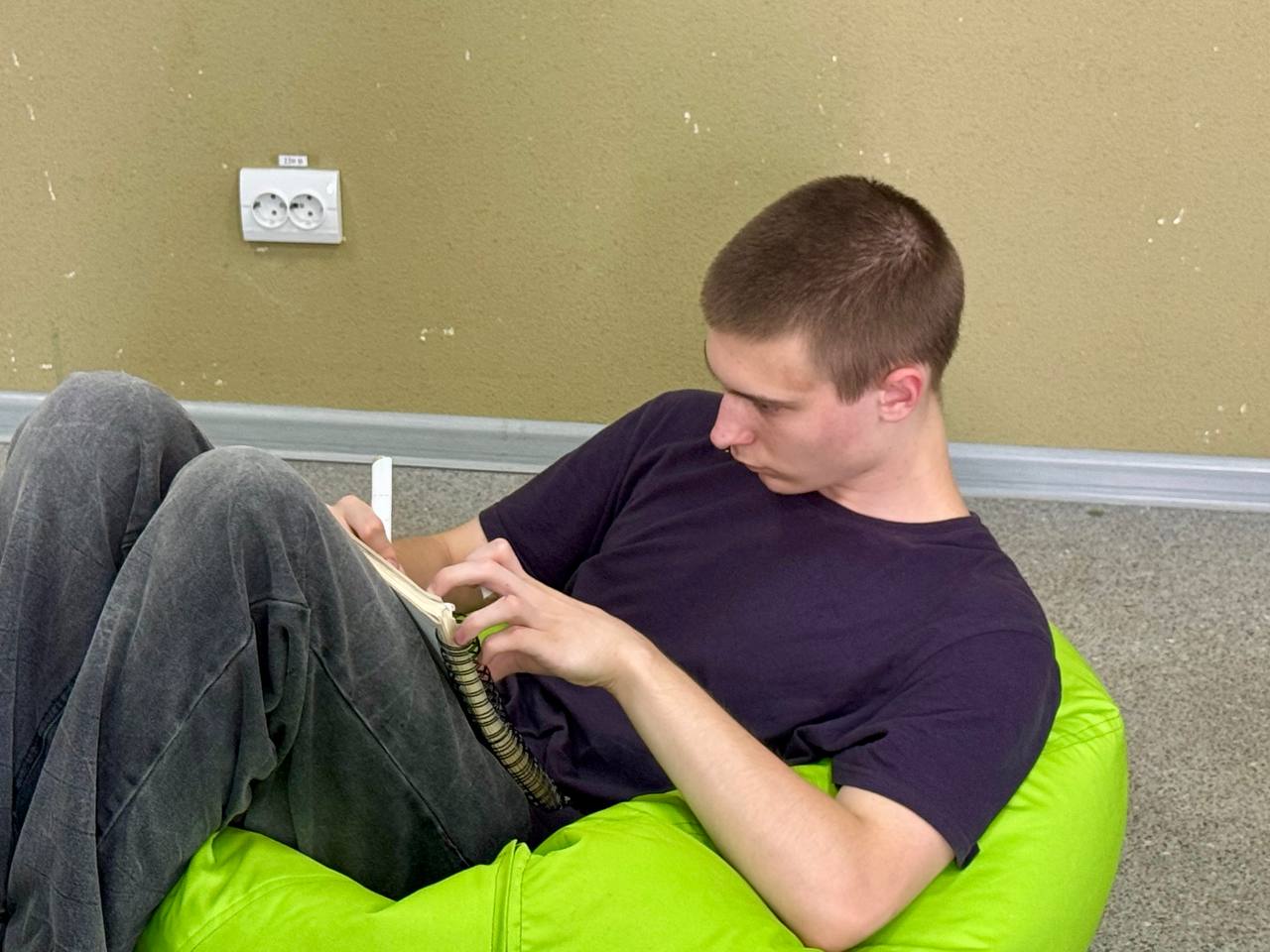

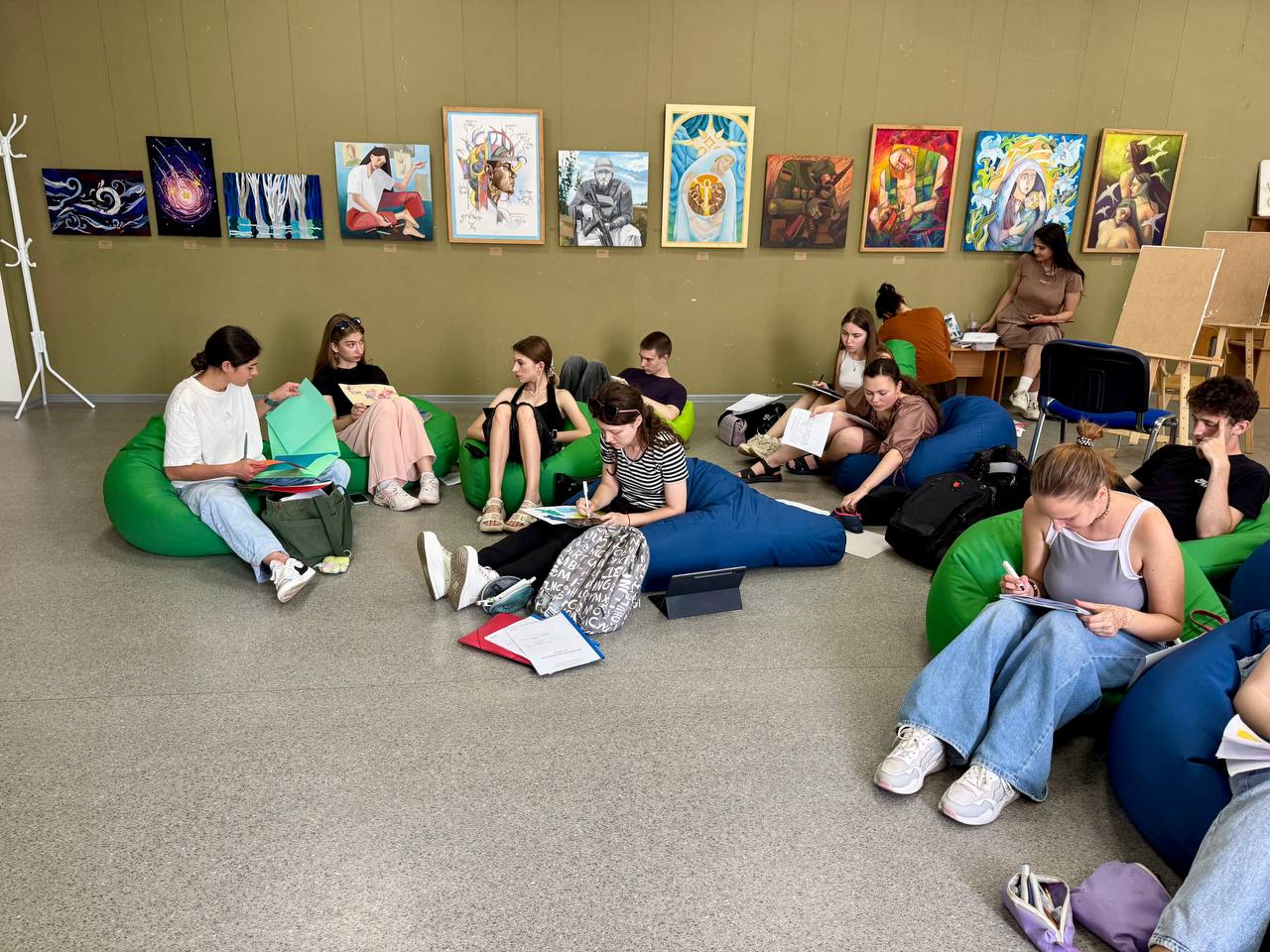
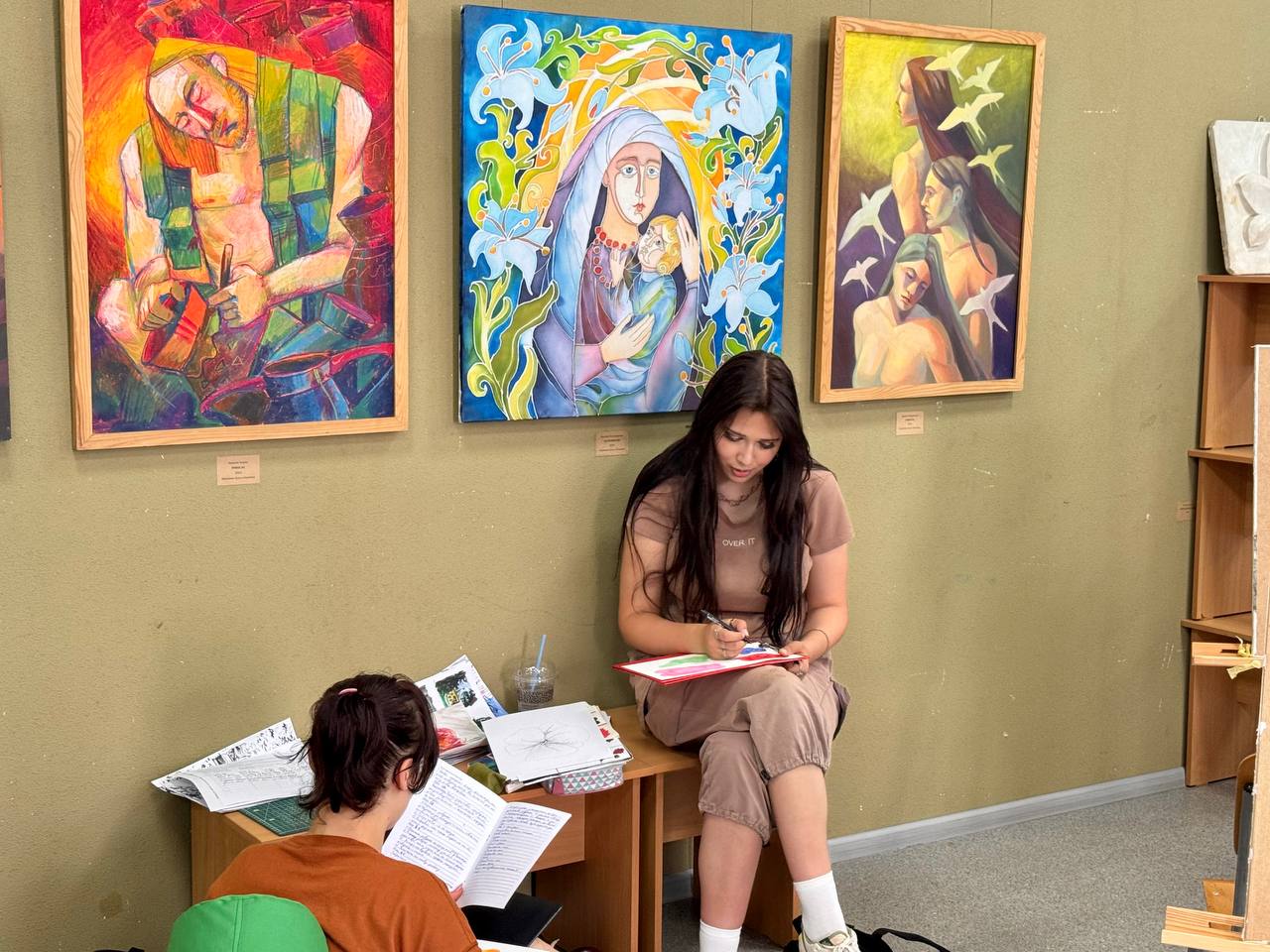
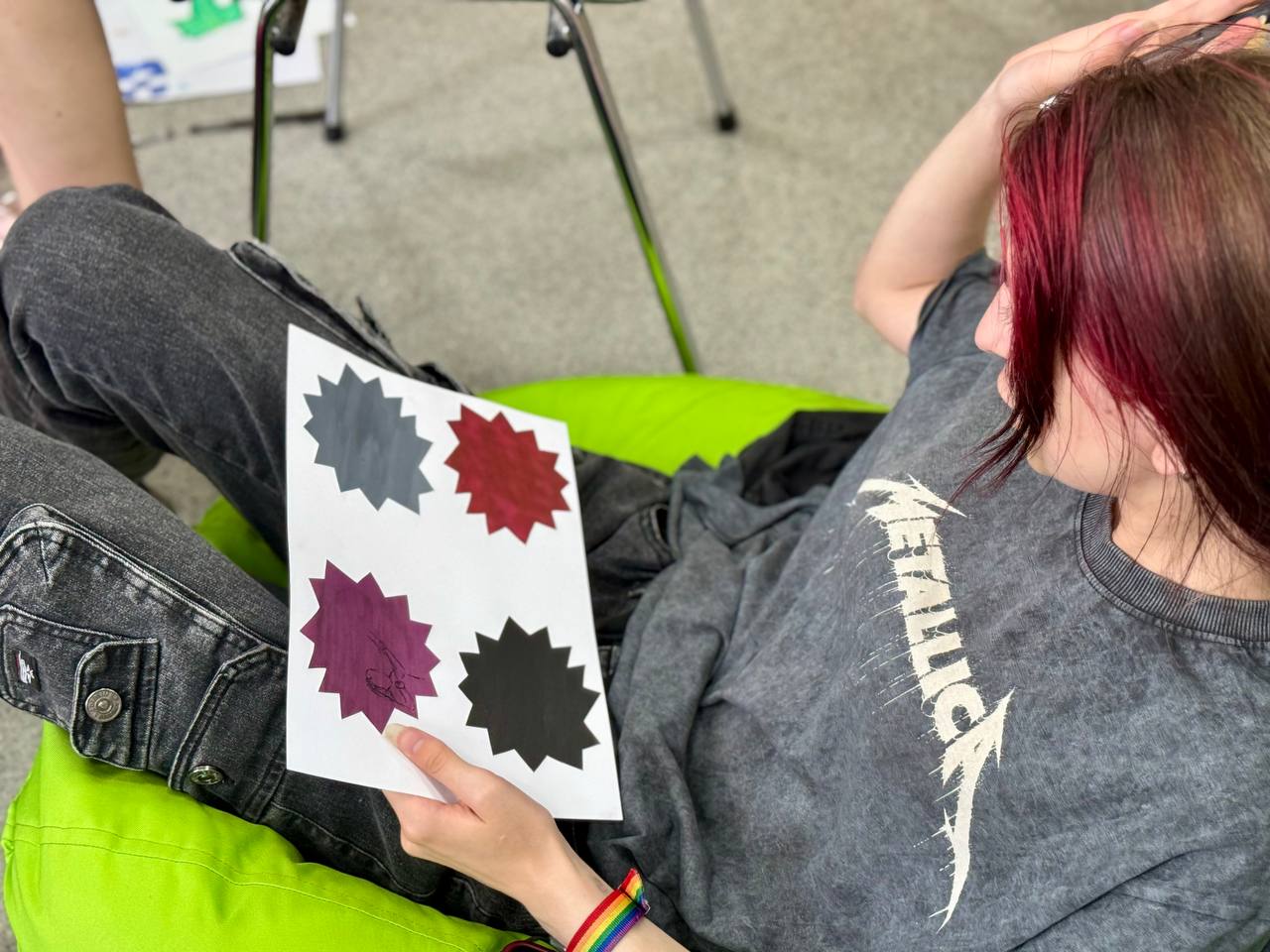
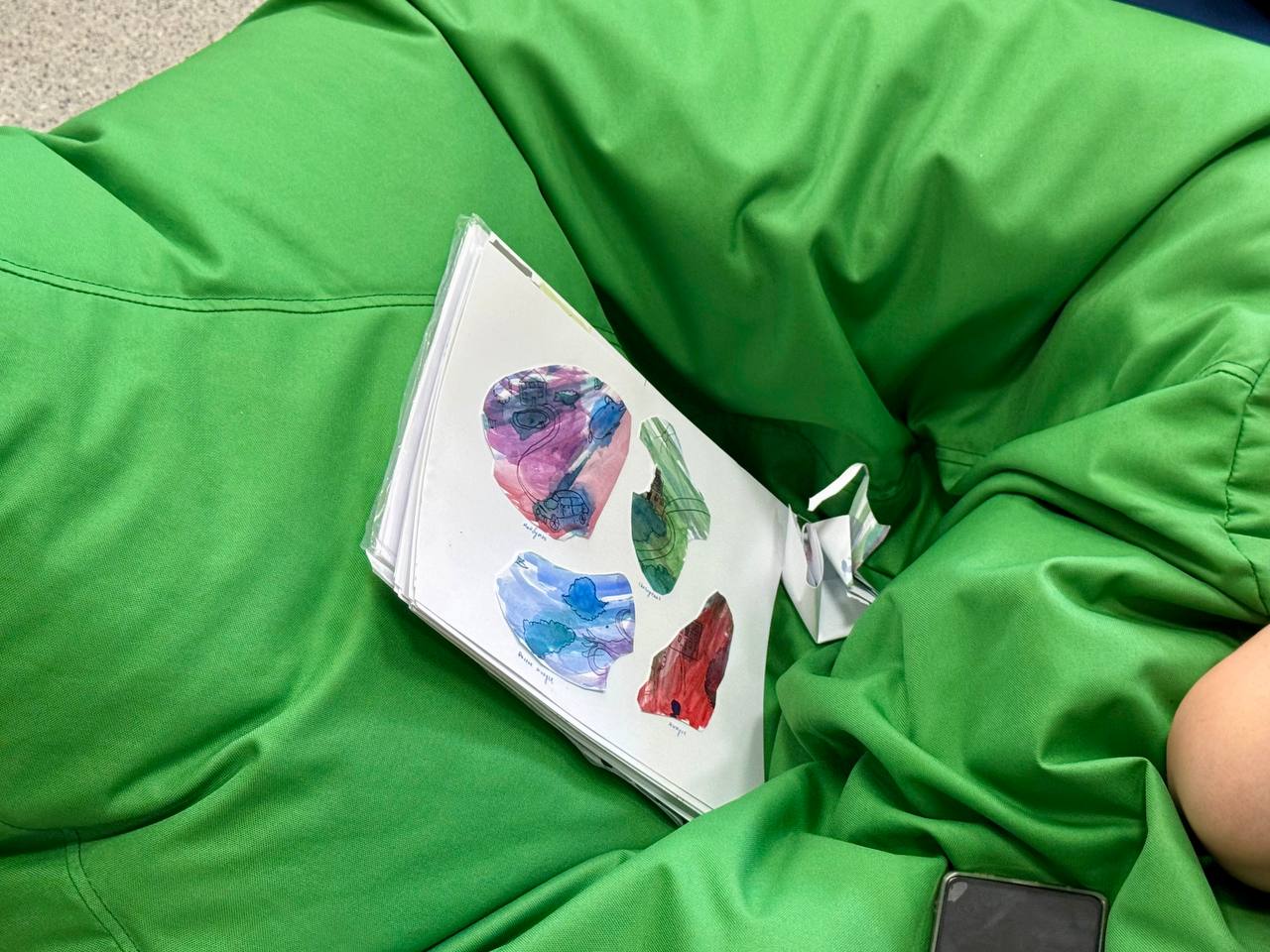
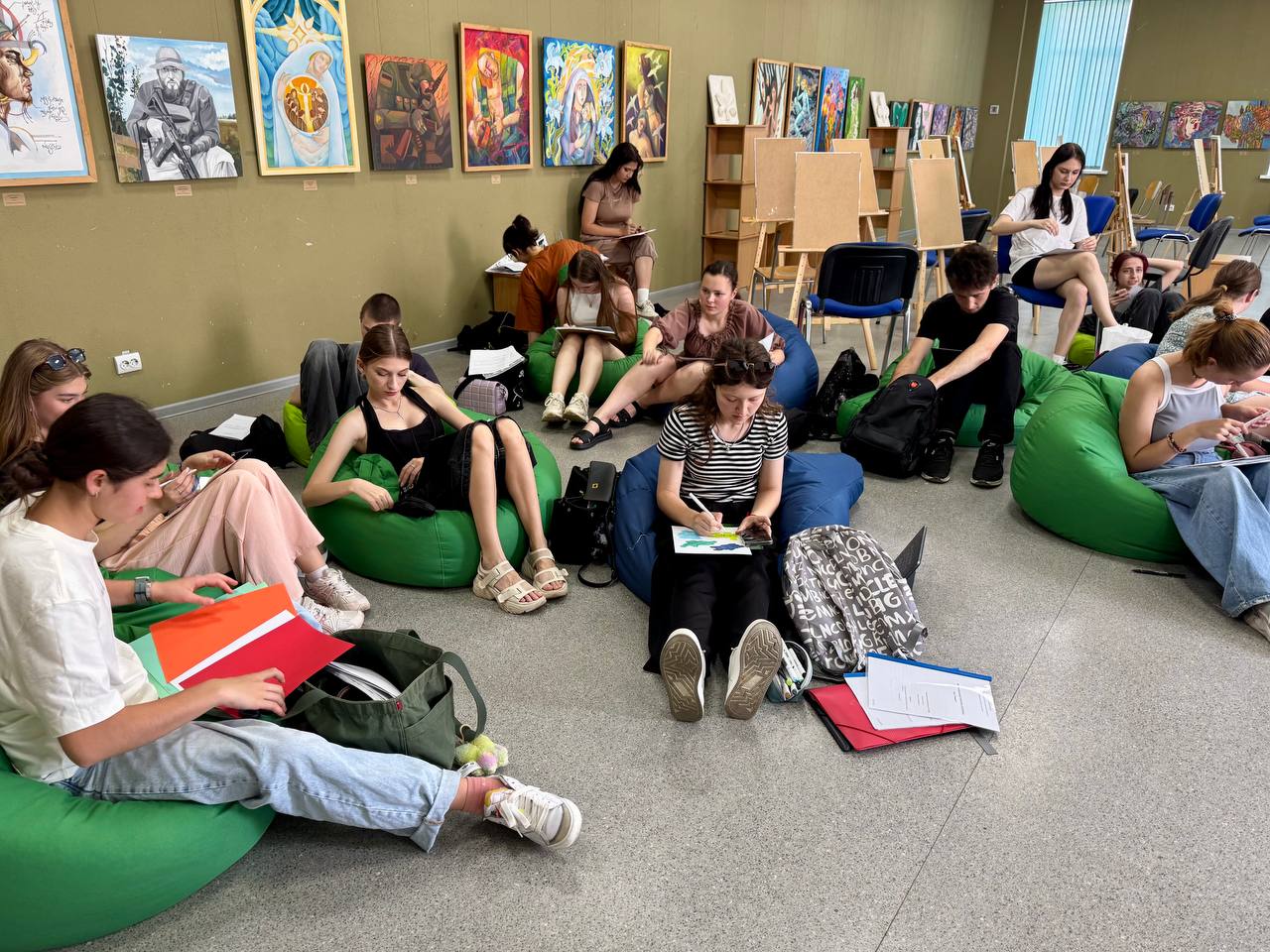
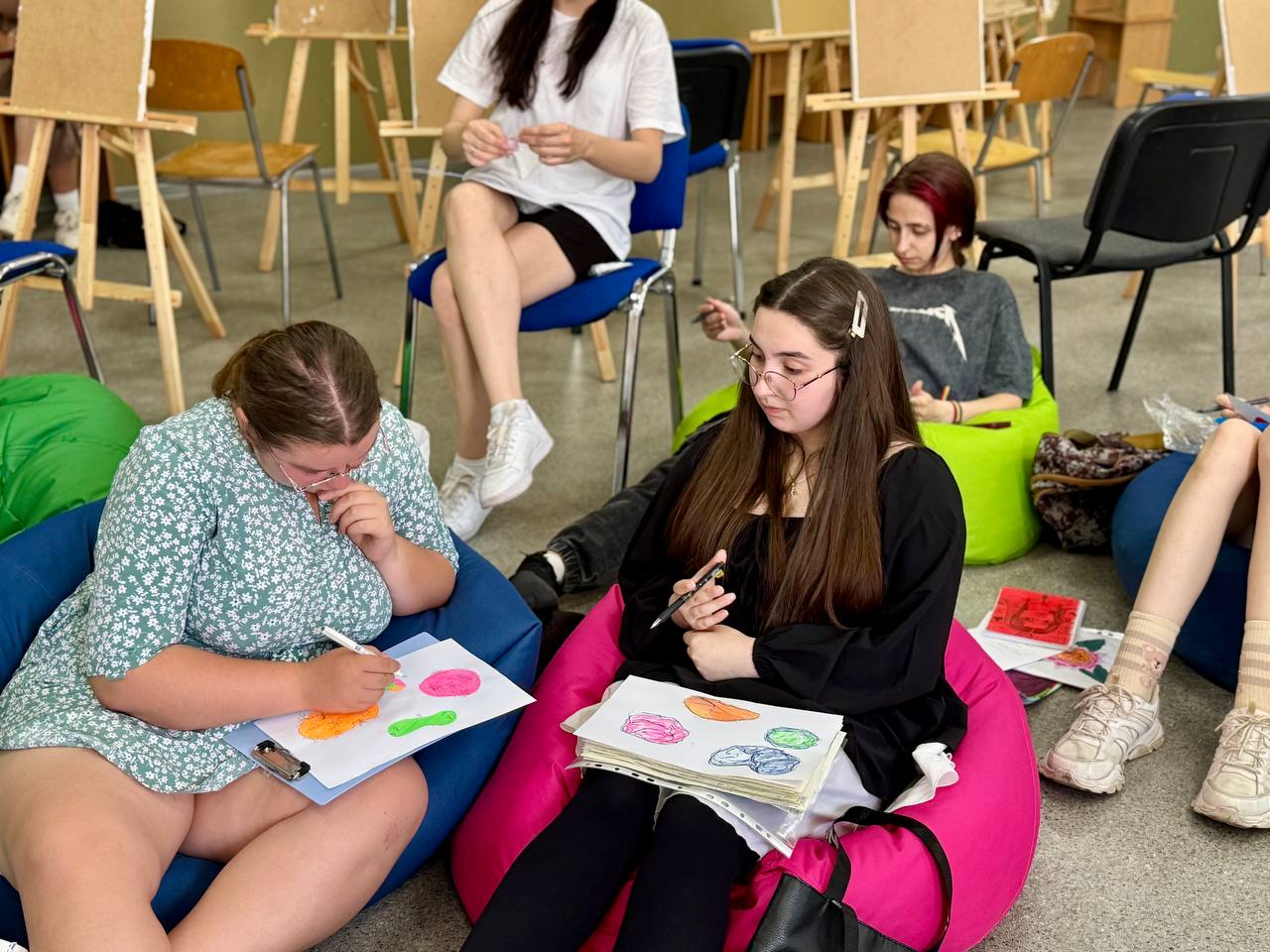
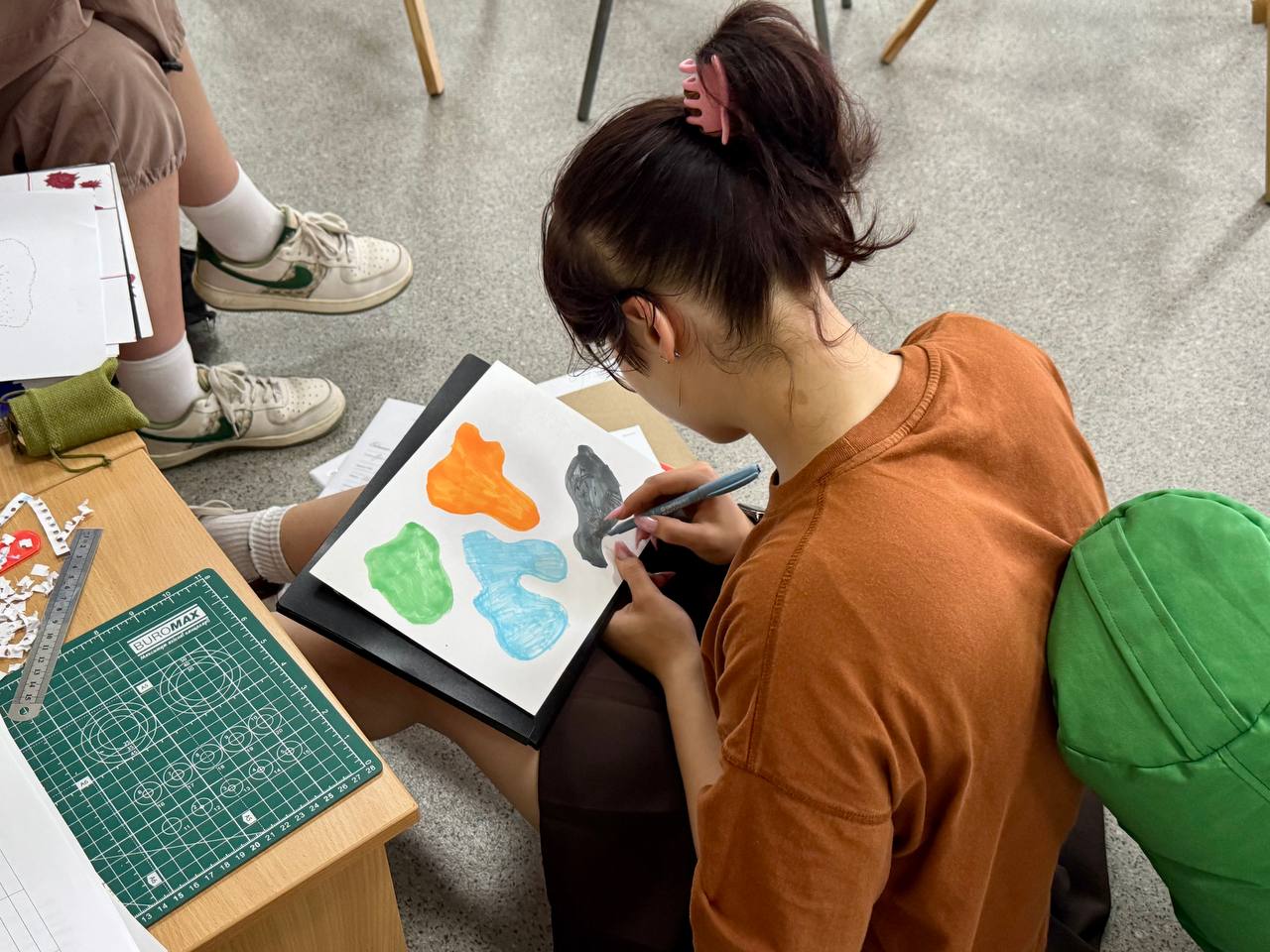
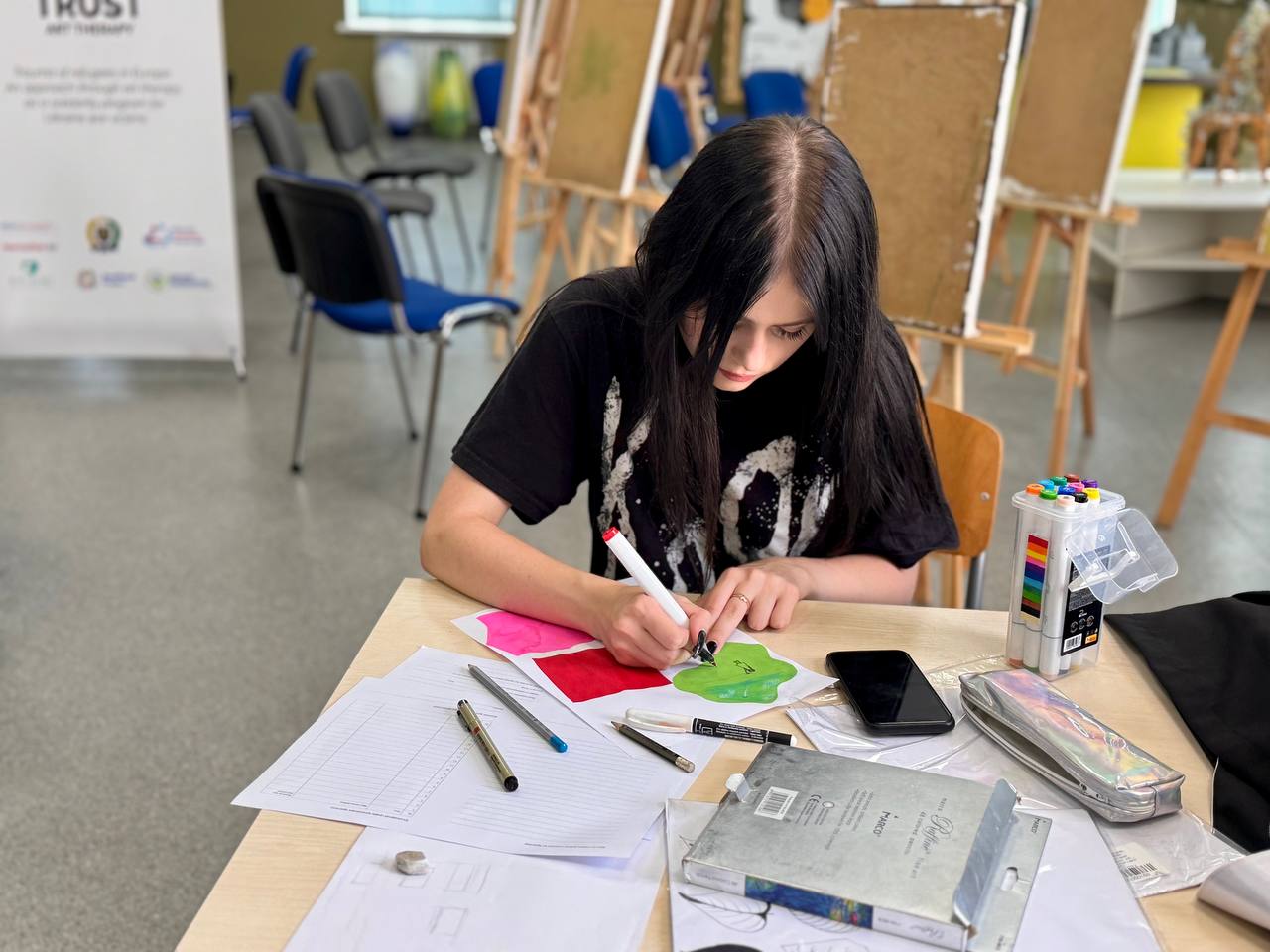
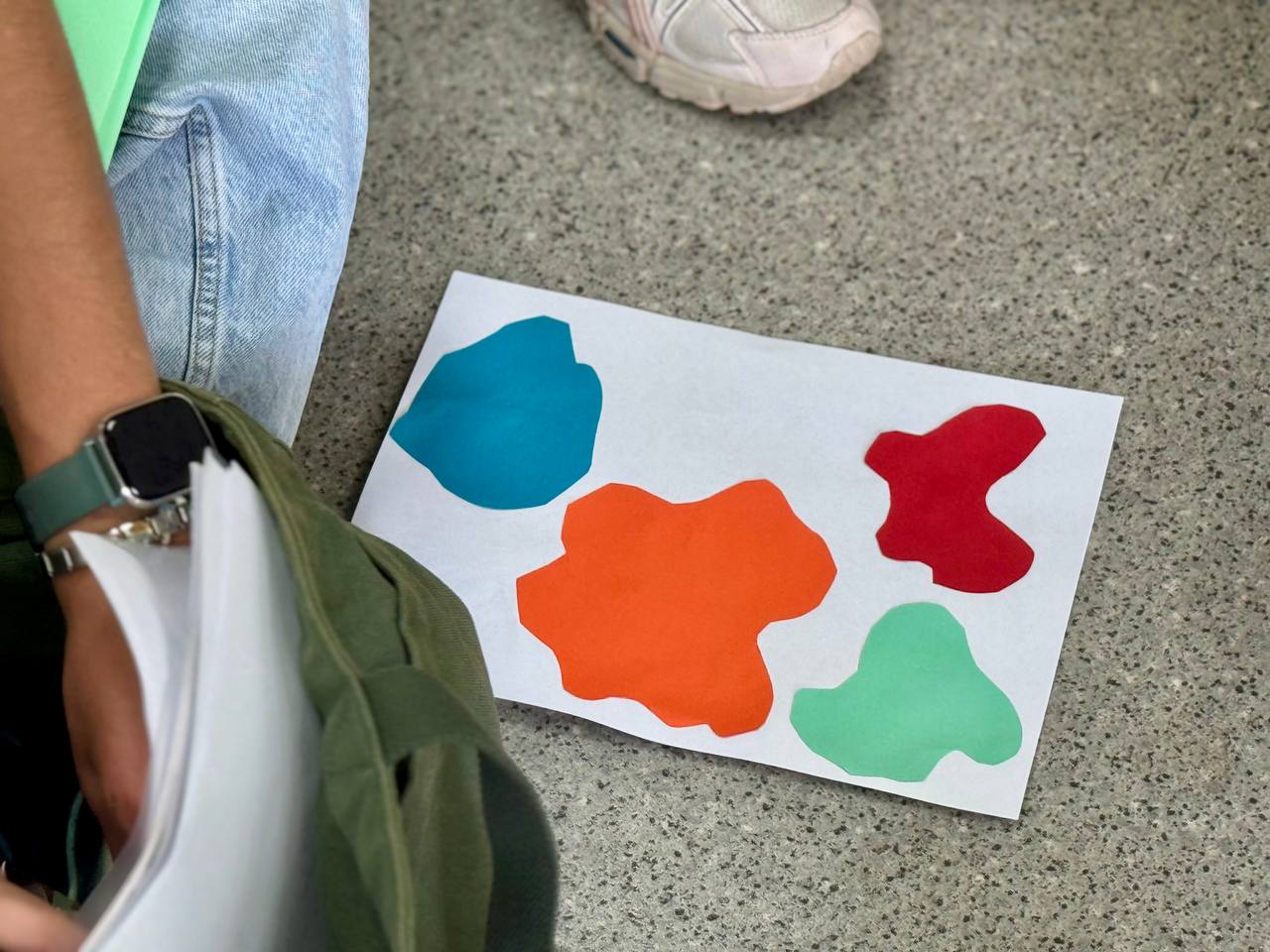
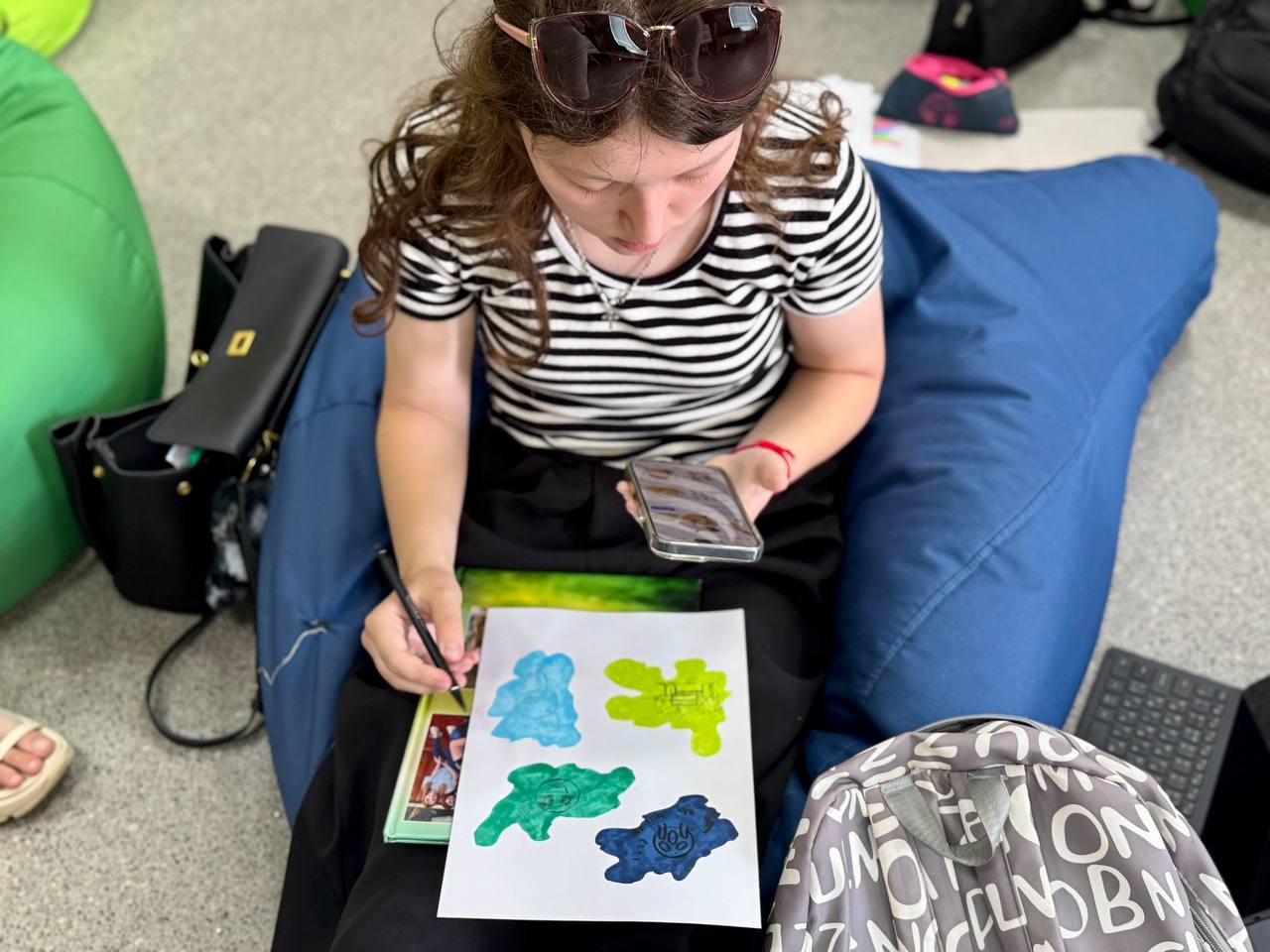
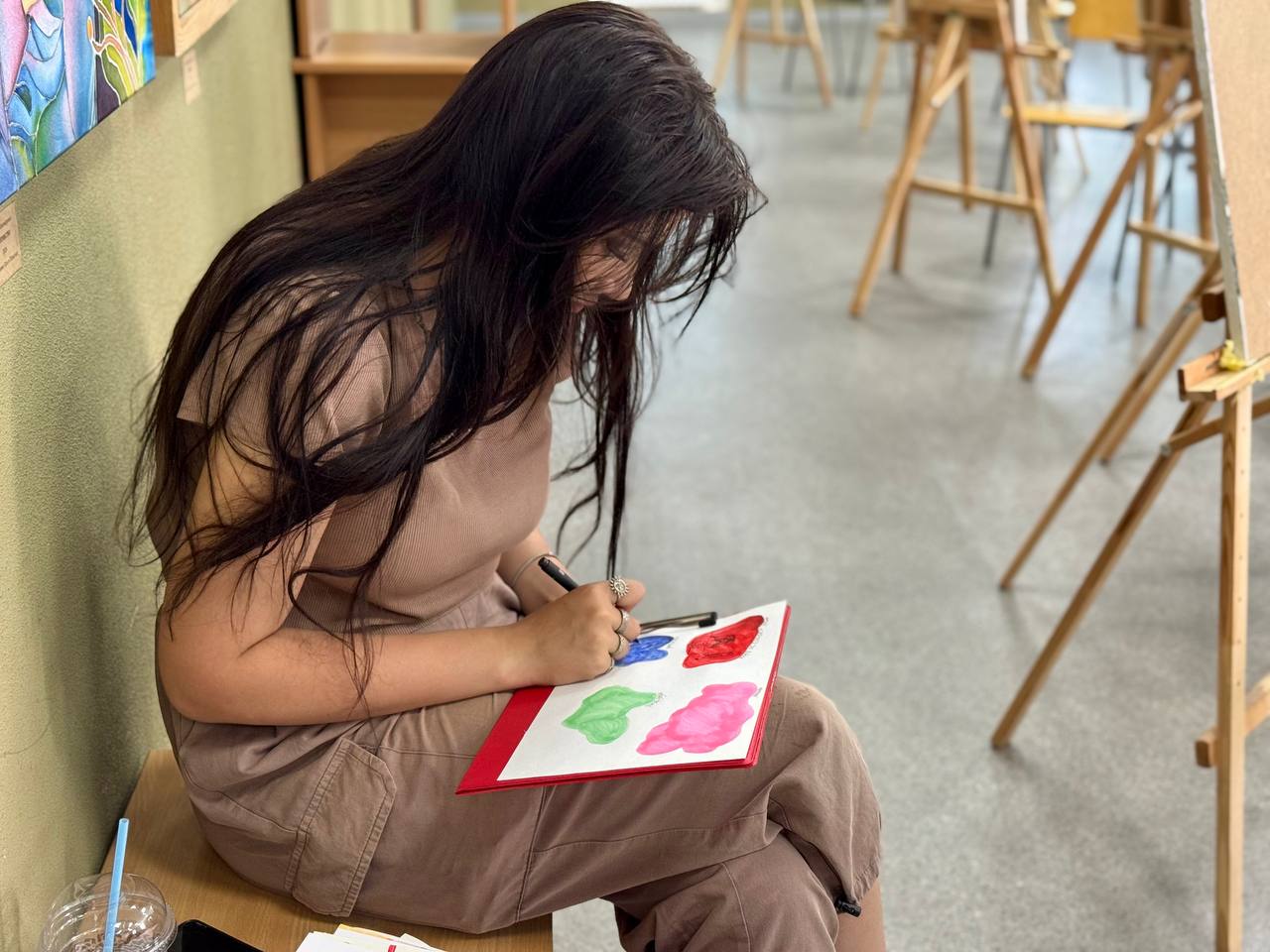
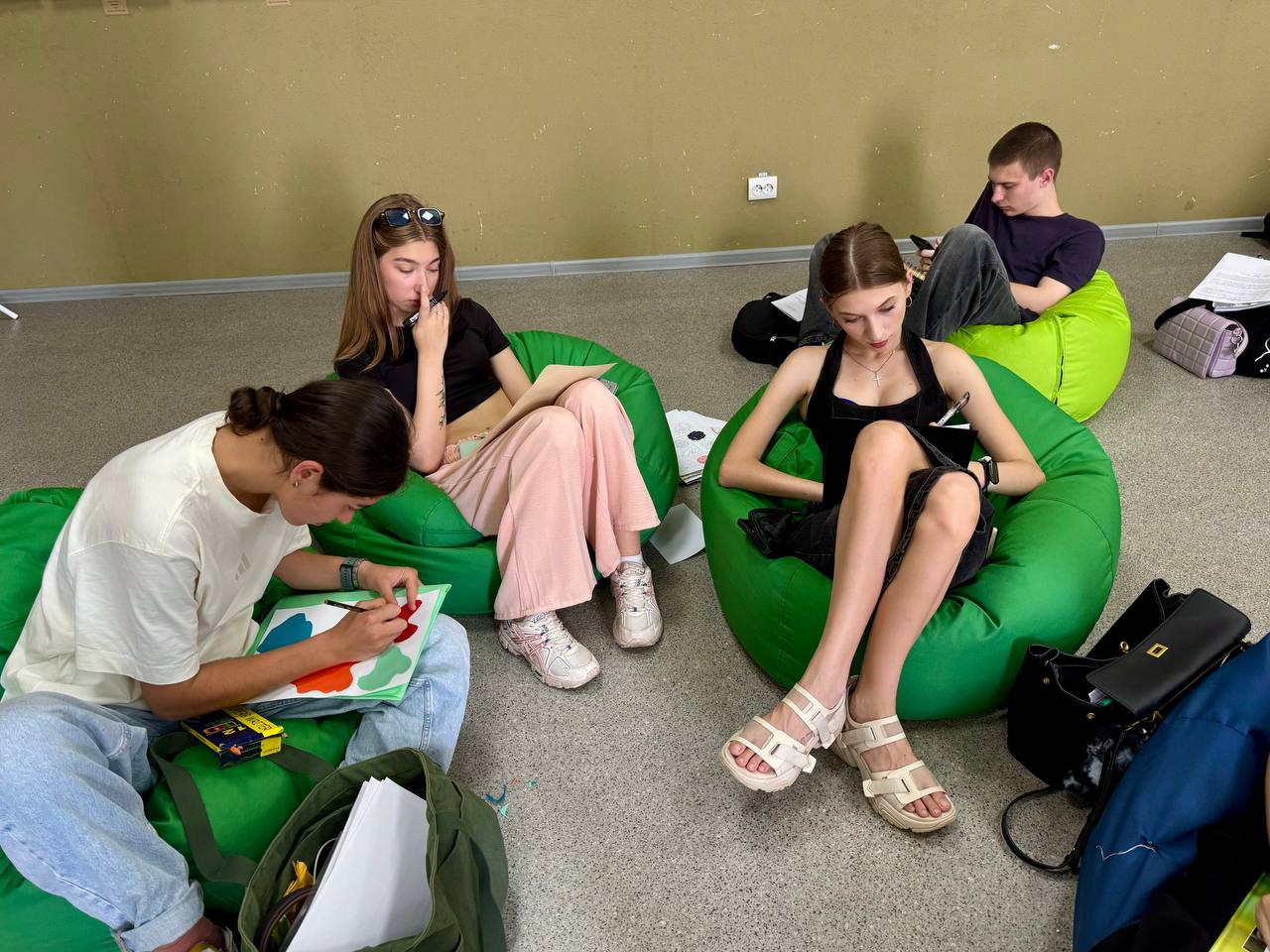
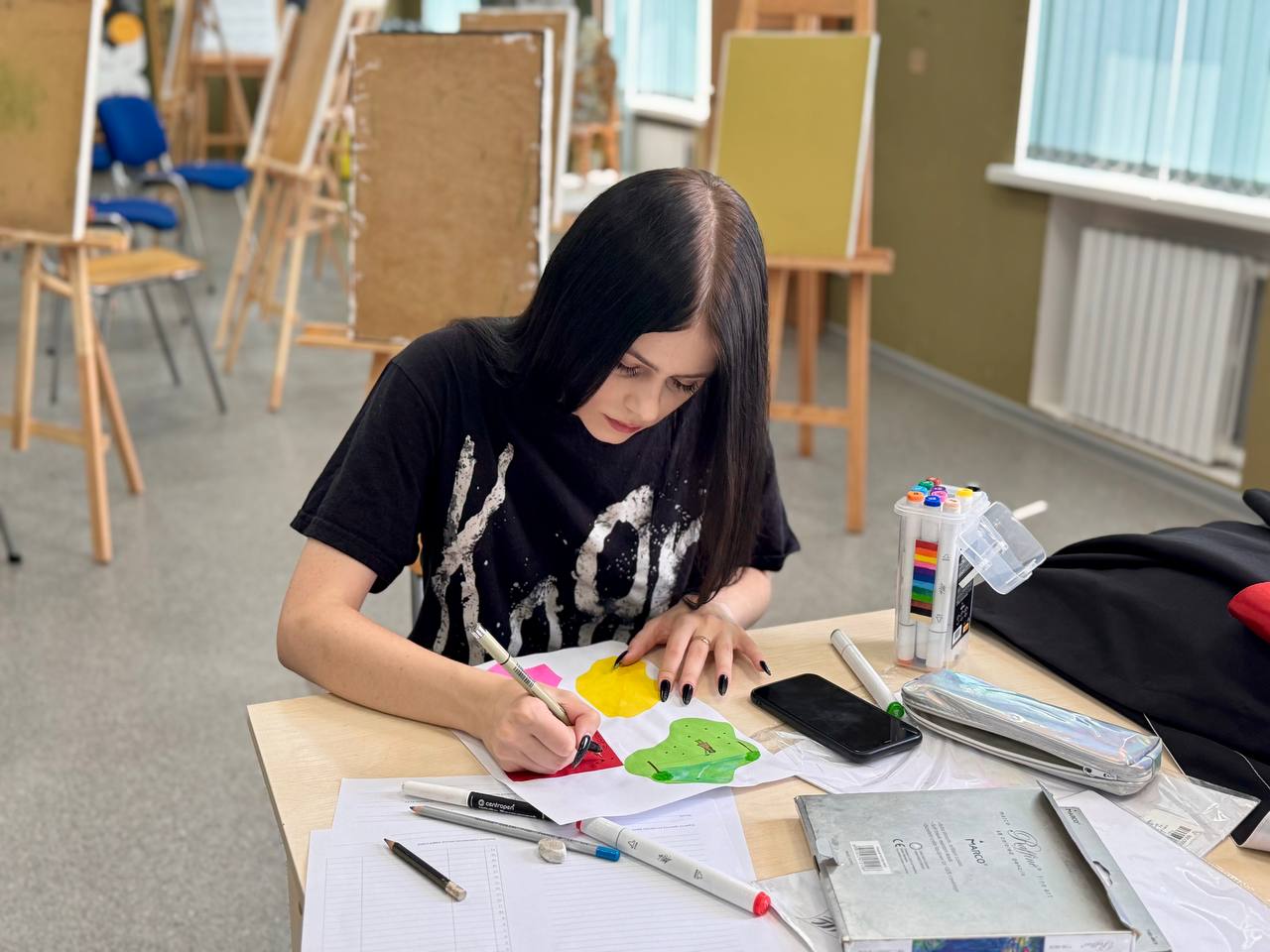
Art therapy initiatives, such as “The Colours of My Feelings”, are powerful tools for emotional restoration, resilience-building, and discovering new meaning in life. We extend our heartfelt gratitude to our partners – Centre Neuro Psychiatrique St‑Martin, Greek Carers Network EPIONI, Fondazione Don Luigi Di Liegro, Lekama Foundation, EuroPlural Project – for their support, which enables such critical initiatives.
The session was conducted as part of the international, large-scale EU-funded Erasmus+ KA220-ADU project “TRUST” – Trauma of refugees in Europe: An approach through art therapy as a solidarity program for Ukraine war victims (Grant No. 2024-BE01-KA220-ADU-000257527).
The project title is decoded as follows:
TRUST
T – Trauma
R – Refugees
U – Ukraine
S – Solidarity
T – Therapy
The project is co-funded by the EU and led by the Centre Neuro Psychiatrique St-Martin from Belgium, in partnership with the National University “Yuri Kondratyuk Poltava Polytechnic” (Ukraine), Greek Carers Network EPIONI (Greece), Fondazione Don Luigi Di Liegro (Italy), Lekama Foundation (Luxembourg), EuroPlural Project (Portugal).
This art therapy event demonstrated the transformative power of art as a language of healing, capable of transcending the barriers of pain, fear, and loss. It provided participants not only with a space to express their experiences but also with tools to analyse their narratives and uncover hidden internal strengths even in the darkest moments of life. By creating a visual story of their past, present, and future, participants did more than share emotions – they rediscovered themselves, reinterpreted their life stories, and experienced firsthand that even in traumatic contexts, there is room for hope, renewal, and creativity. Such initiatives are invaluable to collective healing and the development of a more resilient, compassionate society.
Media Centre of
National University “Yuri Kondratyuk Poltava Polytechnic”



